Basket Hitch Tying
Position the webbing sling above the branch with the Beer Knot centered. Wrap the two ends of the sling down each side of the branch and bring them together. Hook the Carabiner into the loops to take the load.
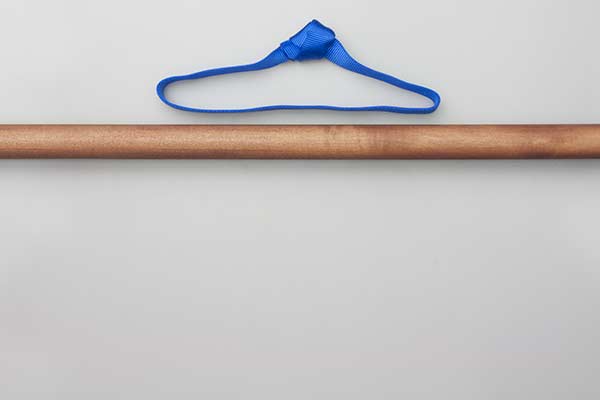
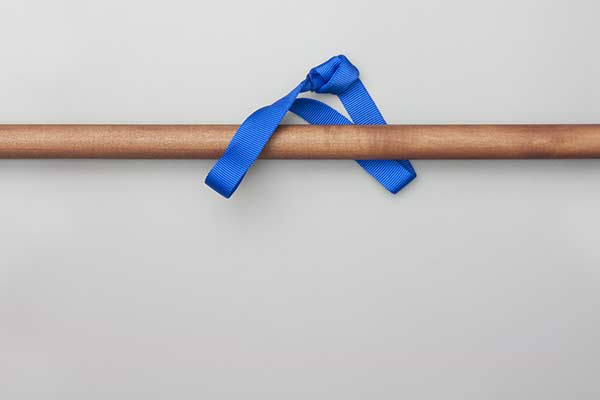
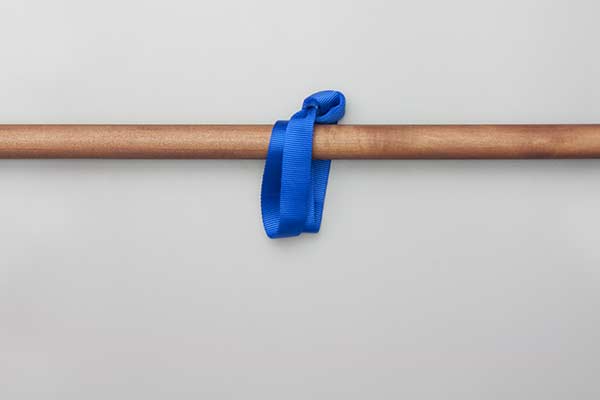
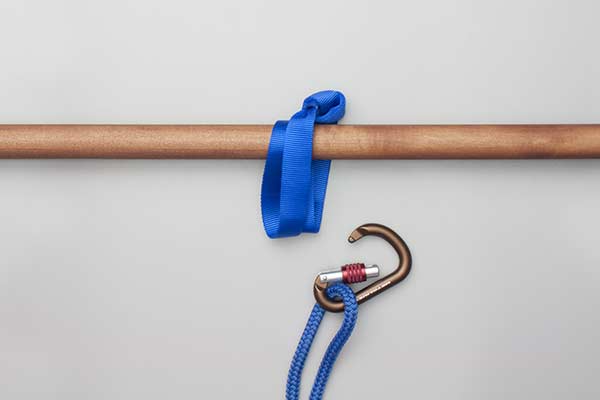
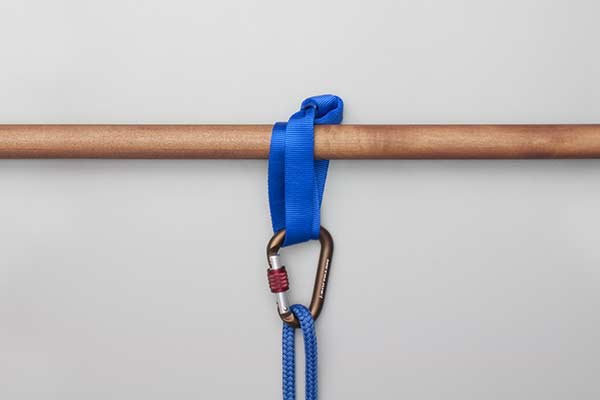
Basket Hitch Details
Uses: The Basket Hitch employs a closed loop made of rope, or webbing as shown in the animation. It is used to hoist a load or provide an anchor point. When used to hoist a load, there is a risk of the load sliding out of the loop. Arborists use it to create an anchor point or a false crotch.
Name: Basket Hitches are widely described in overhead rigging and lifting, e.g., "...used to form a cradle for the load. Basket hitches are typically used in pairs. ". Ashley does not describe them and the origin of the name is almost certainly associated with its original purpose.
Strength: The one inch tubular nylon webbing used in the animation has a nominal breaking strain of 4,000 lb. Because the load is actually taken by four straps the nominal breaking strain should be 16,000 lb. However, the Beer Knot weakens the strap to about 80% – a breaking strain around 12,800 lb. The 15:1 safety ratio applicable for critical loads would indicate a safe working load up to 800 lb. However, this would be reduced by the sling-angle if a small sling were used around a large diameter branch.
Precautions: The weakness of the Beer Knot can be mitigated to some extent by positioning it above the branch where the tension is least as shown in the animation. Once set by a major load, the Beer Knot enjoys an excellent reputation for reliability. However, it is wise to assume that slipping could occur. Check both ends of the knot: one tail end is visible; the other is easily felt.
Alternative use When the loop is long, it may be wrapped around the branch a second time. Then, the optimal location for the Beer Knot would be below the branch – which even further reduces its tension.

